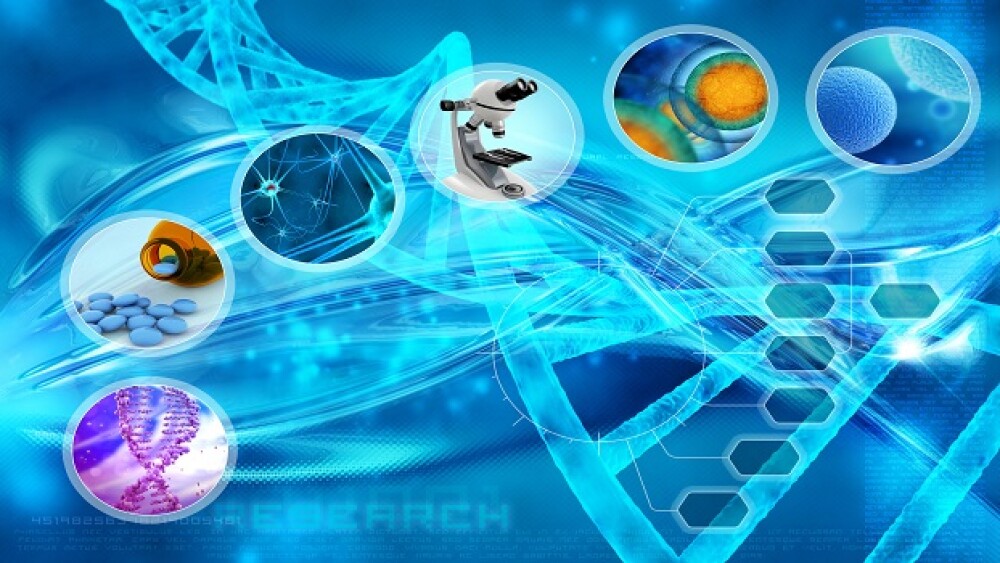There are plenty of great scientific research stories out this week. Here’s a look at just a few of them.
There are plenty of great scientific research stories out this week. Here’s a look at just a few of them.
Test May Identify Patients With an Increased Risk of Bladder Cancer
This week, cytopathology journal Acta Cytologica featured the largest independent study to date using Sienna Cancer Diagnostics’ in vitro diagnostic (IVD) test. The study was authored by researchers from the Johns Hopkins University School of Medicine in Baltimore who concluded that testing urine samples for hTERT using Sienna’s IVD test is a clinically useful adjunct to urine cytology. It found the test may assist in the identification of patients who have an increased risk of bladder cancer. When used as an adjunct to urine cytology, Sienna’s IVD had a significantly higher sensitivity to Low-Grade Urothelial Carcinoma (LGUC) compared to urine cytology alone. The test was shown to be most useful where a patient has a low-risk indeterminate urine cytology result, and a negative or absent cystoscopy result. A positive hTERT result may identify patients with an increased risk of bladder cancer who may otherwise not be monitored, while a negative hTERT result is associated with a reduction in the risk of bladder cancer.: “We believe the availability of this peer-reviewed study supporting the clinical utility of our IVD test will provide the extra level of confidence, assurance and validation needed for more laboratories to adopt the test for routine clinical use,” said Sienna’s CEO Matthew Hoskin.
Scientists Create First Detailed Genetic Map of Human Proteins
An international team of researchers has created the first “atlas” of human proteins. These discoveries promise to enhance our understanding of a wide range of diseases and aid development of new drugs. The study, published this week in the journal Nature, characterized the genetic underpinnings of the human plasma ‘proteome’, identifying nearly 2,000 genetic associations with almost 1,500 proteins. Previously, there was only a small fraction of this knowledge, mainly because researchers could measure only a few blood proteins simultaneously in a robust manner. The researchers used a new technology (“SOMAscan”) developed by a company, SomaLogic, to measure 3,600 proteins in the blood of 3,300 people. They then analyzed the DNA of these individuals to see which regions of their genomes were associated with protein levels, yielding a four-fold increase on previous knowledge. One of the uses for this genetic map is to identify particular biological pathways that cause disease, exemplified in the paper by pinpointing specific pathways that lead to Crohn’s disease and eczema.
Study Could Impact Autism Treatment
Researchers from the University of Missouri School of Medicine and MU Thompson Center for Autism and Neurodevelopmental Disorders have identified a link between a neurotransmitter imbalance and brain connectivity between regions of the brain that play a role in social communication and language. The study found two tests that could lead to more precise medical treatments. Using both functional magnetic resonance imaging (fMRI) and proton magnetic resonance spectroscopy (H-MRS), researchers investigated the relationship between brain neurotransmitter levels and connectivity of areas of the brain known as the dorsolateral prefrontal cortex and posterolateral cerebellar hemisphere. Fourteen adolescents and adults with autism spectrum disorder and 12 control participants underwent brain scans. The scans revealed a potential link between functional connectivity, neurotransmitter imbalance, and listening comprehension in individuals with autism. Those with low functional connectivity tended to have a reduced balance of excitatory to inhibitory neurotransmitter levels in the cerebellum and showed impaired listening comprehension, the ability to infer meaning from verbal information. The study, “Cerebro-Cerebellar Functional Connectivity is Associated with Cerebellar Excitation-Inhibition Balance in Autism Spectrum Disorder,” appears in the Journal of Autism and Developmental Disorders.
h





